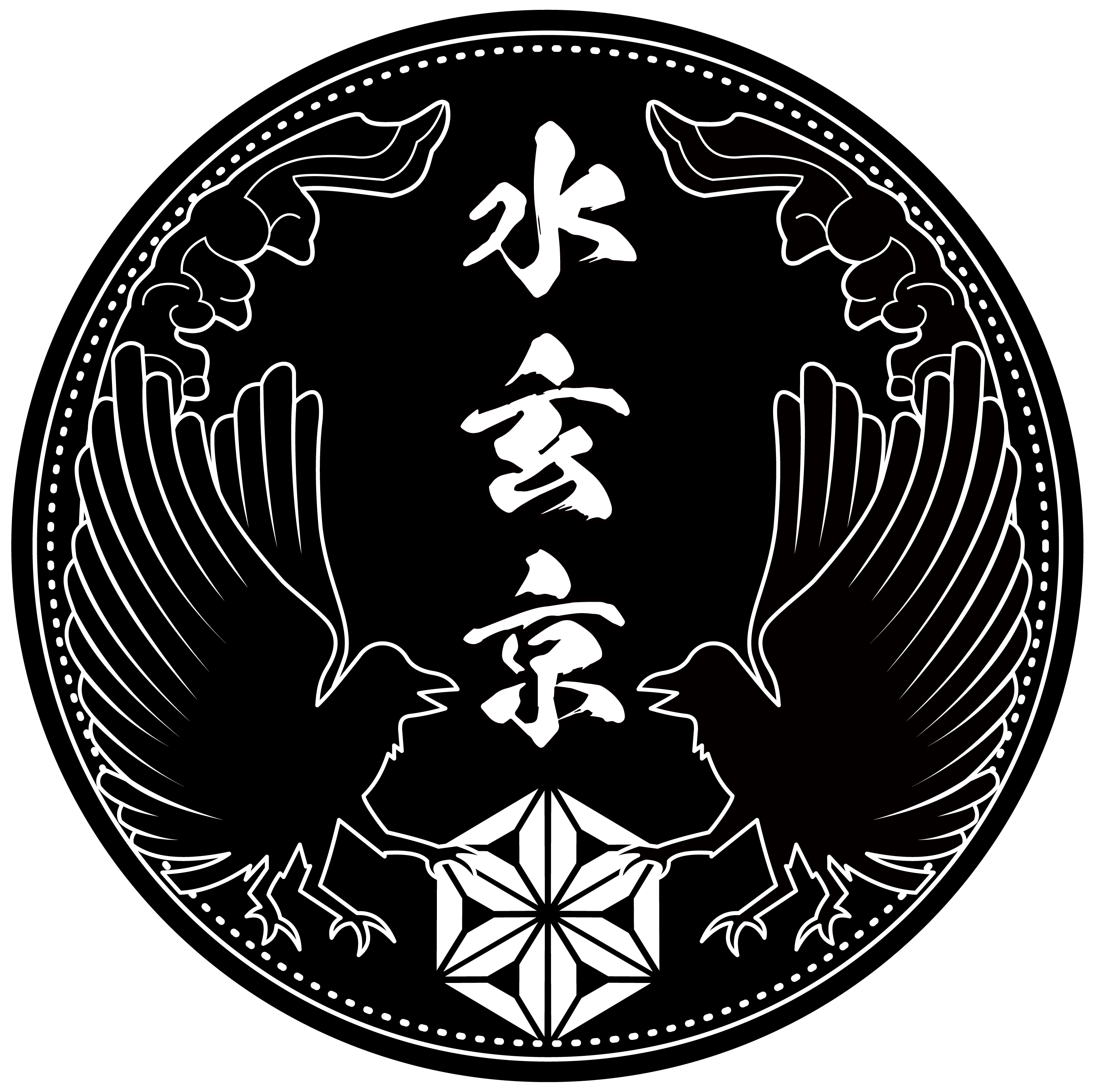Introduction
Welcome to our article on traditional Japanese patterns, where we explore the enchanting world of auspicious motifs that adorn various traditional crafts. These patterns not only captivate the eyes but also carry deep cultural meanings and wishes for good fortune. In this article, we will delve into the significance of the traditional Japanese patterns such as Seigaiha, Ichimatsu, Matsuri, Take, Karakusa, and Sasano-Ha, embracing their timeless charm and cultural heritage.
Traditional Japanese Patterns: Symbolism and Elegance
Seigaiha
Seigaiha, meaning “blue ocean waves,” is a pattern that symbolizes the blessings brought forth by the vast sea. Its serene and infinite waves reflect aspirations for everlasting peace and harmony.
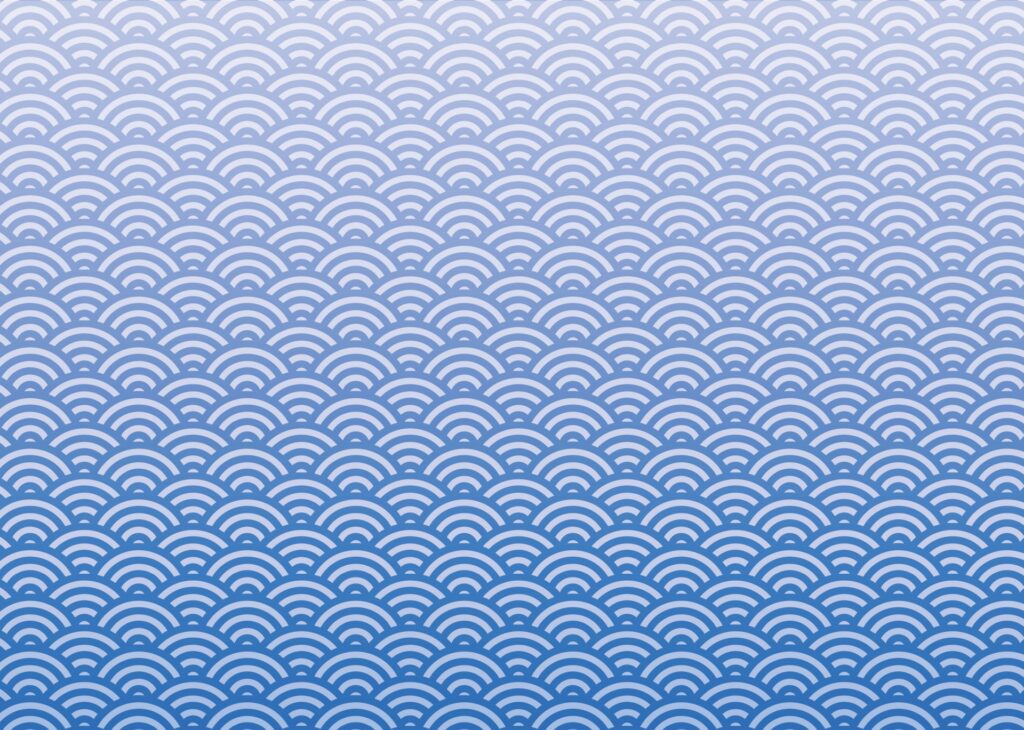
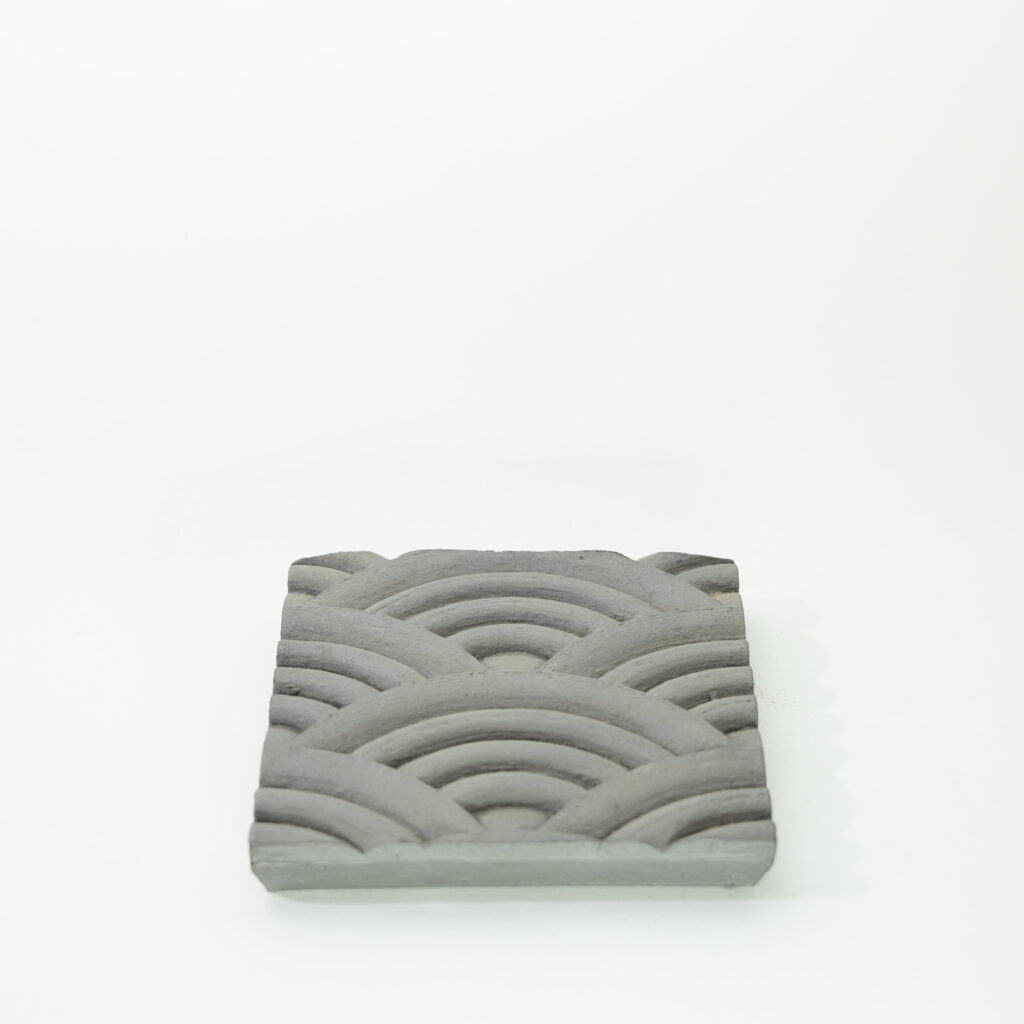
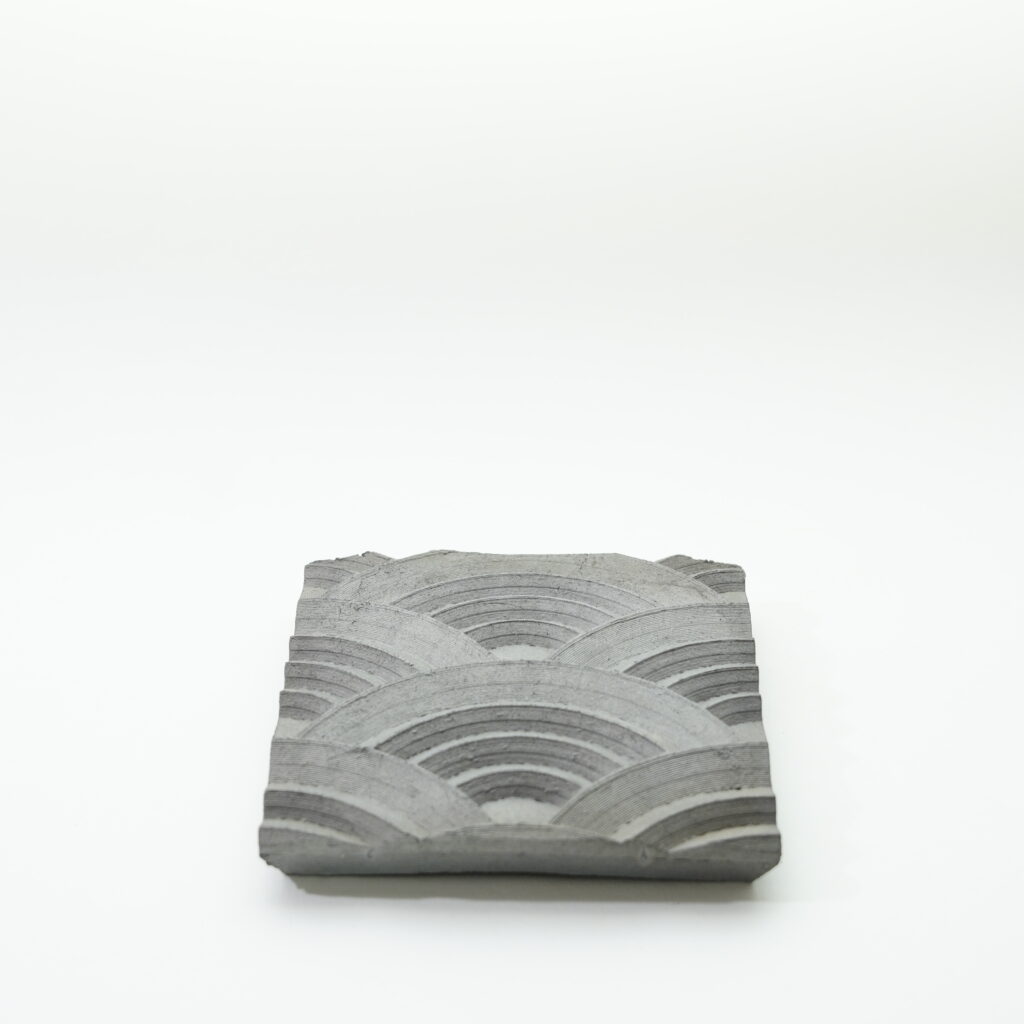
Ichimatsu
Ichimatsu, known as the “checkerboard pattern,” holds the meaning of uninterrupted prosperity and growth. This pattern’s unbroken sequence of squares represents equality, diversity, and the beauty found in differences. Ichimatsu has become a beloved auspicious pattern, adorning kimono, household items, and modern designs, spreading its positive energy.


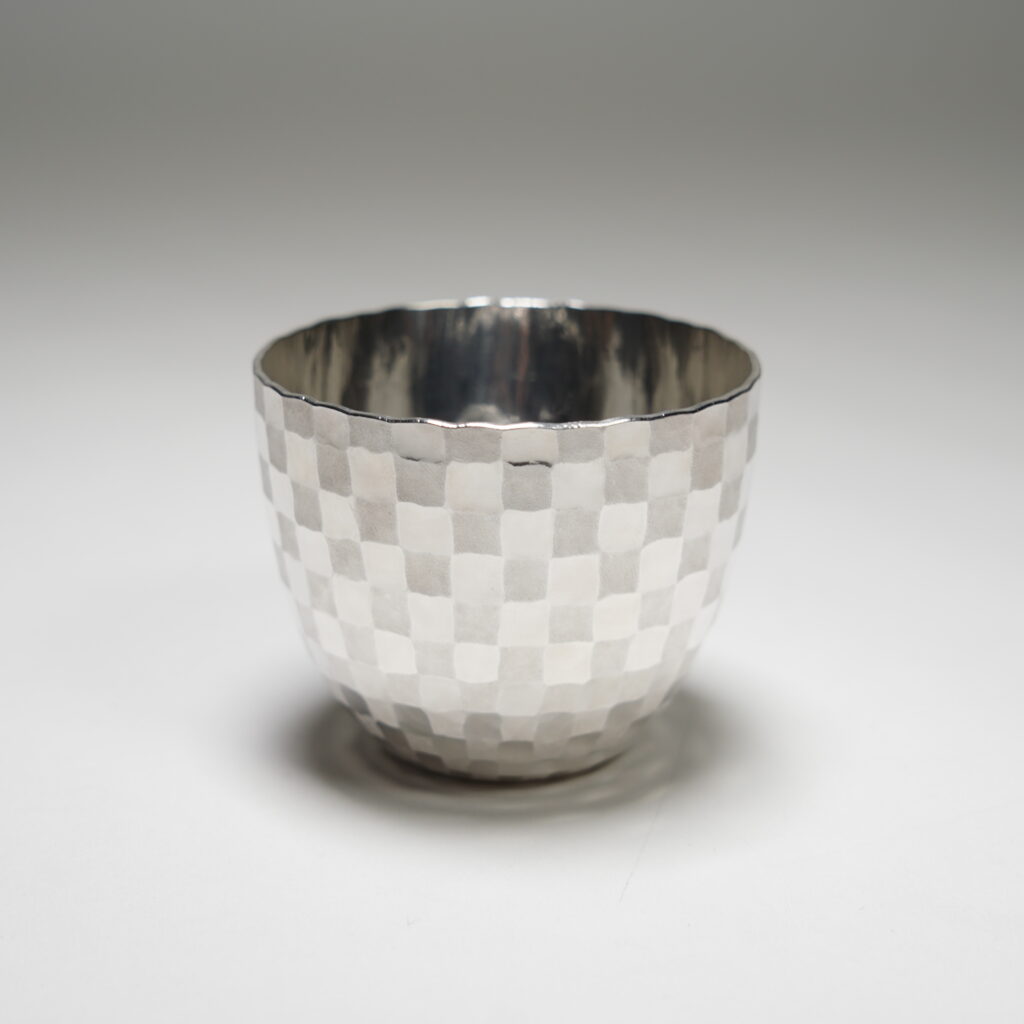
Matsu
The Matsu pattern features the pine tree, an evergreen symbol of longevity, resilience, and prosperity. Revered as a sacred tree in Japan, the pine embodies strength and endurance, even in the face of adversity.

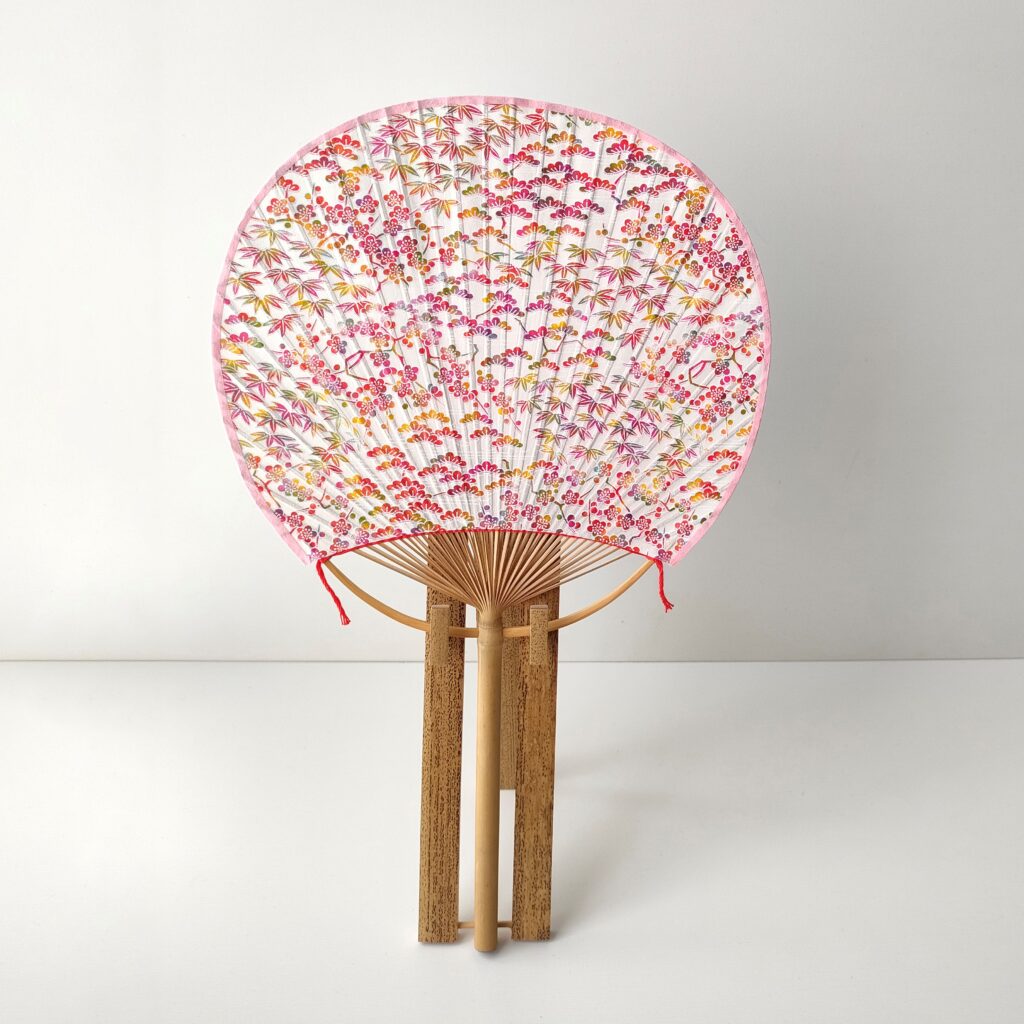
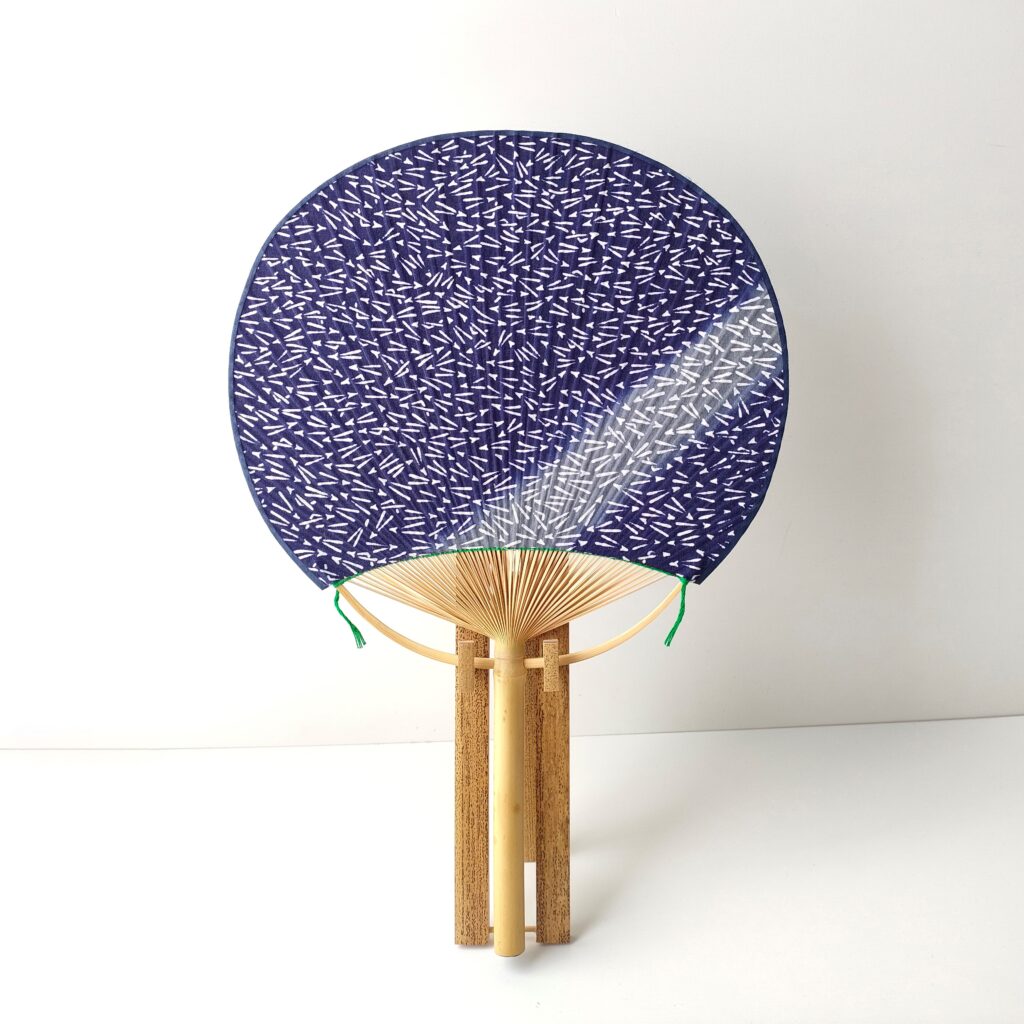
Take
Take, or bamboo, is an iconic symbol associated with good fortune, longevity, and strength. Its tall, straight growth and evergreen nature have made bamboo a representation of resilience and immortality. Furthermore, bamboo’s ability to propagate new shoots symbolizes the prosperity of future generations. The Take pattern adorns traditional crafts, architecture, and utensils, infusing them with natural beauty and symbolism.
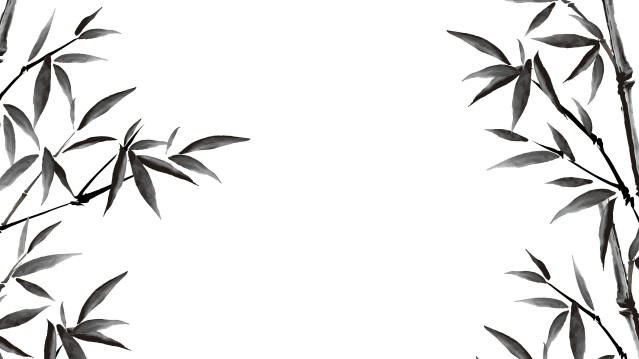
Karakusa
Karakusa, also known as “Arabesque,” is an intricate pattern of interwoven vines, stems, and leaves. It embodies the concepts of eternity, abundance, and the interconnectedness of life.
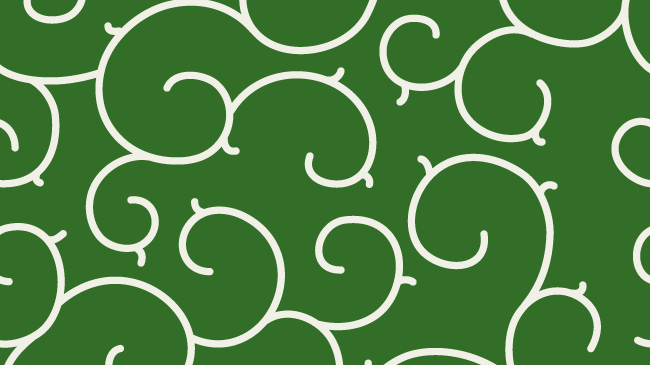
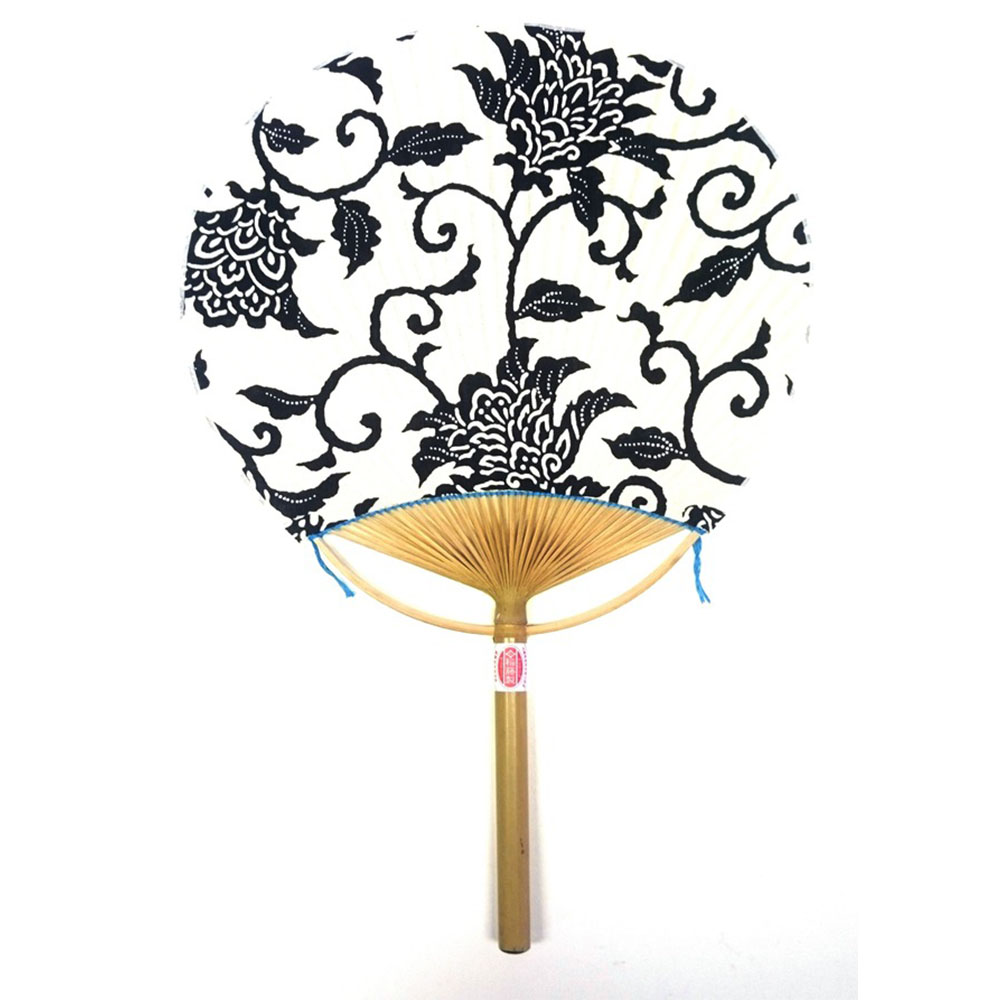
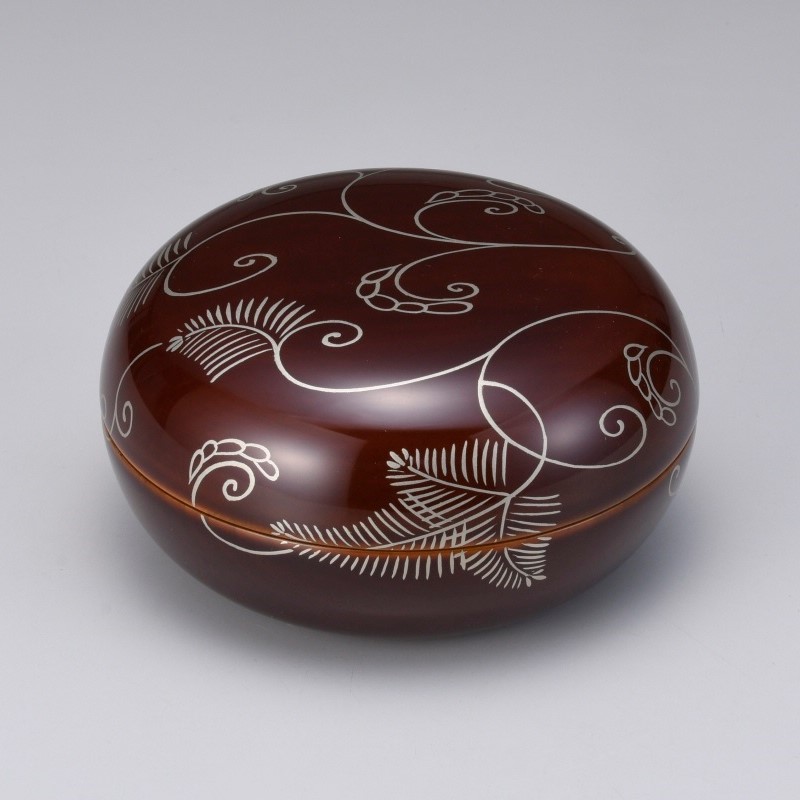
Sasano-Ha
Sasano-Ha, or bamboo leaves, is another auspicious pattern in Japanese culture. Like bamboo, the leaves represent longevity and endurance. They also carry the wish for the healthy growth of children. Sasano-Ha patterns often accompany bamboo motifs, evoking good fortune, protection against evil spirits, and prosperity.

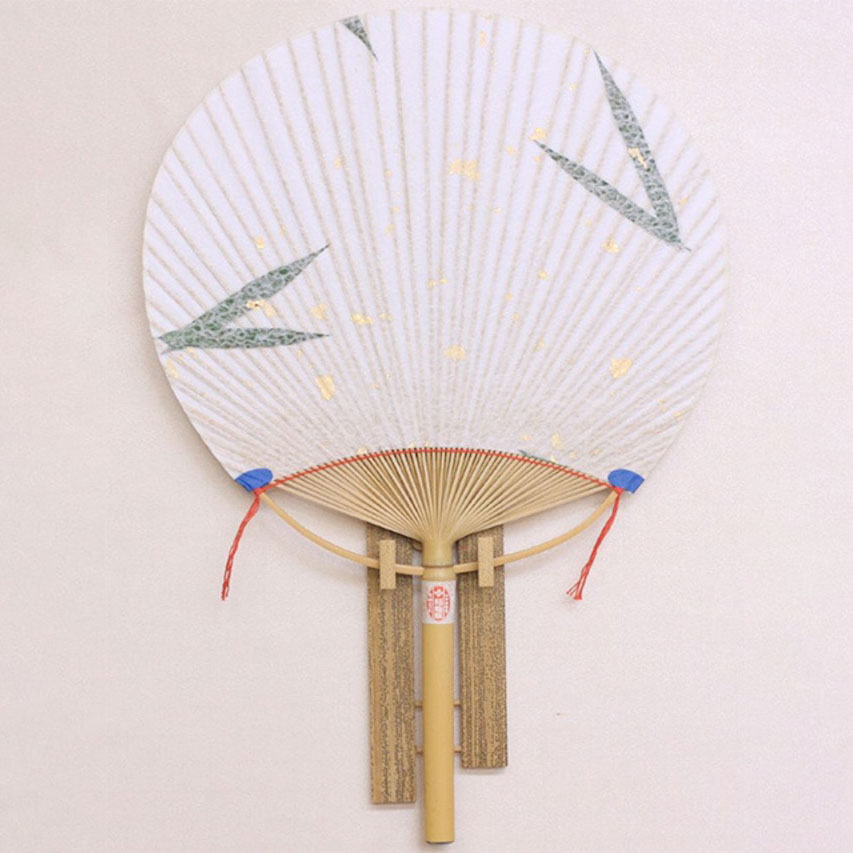
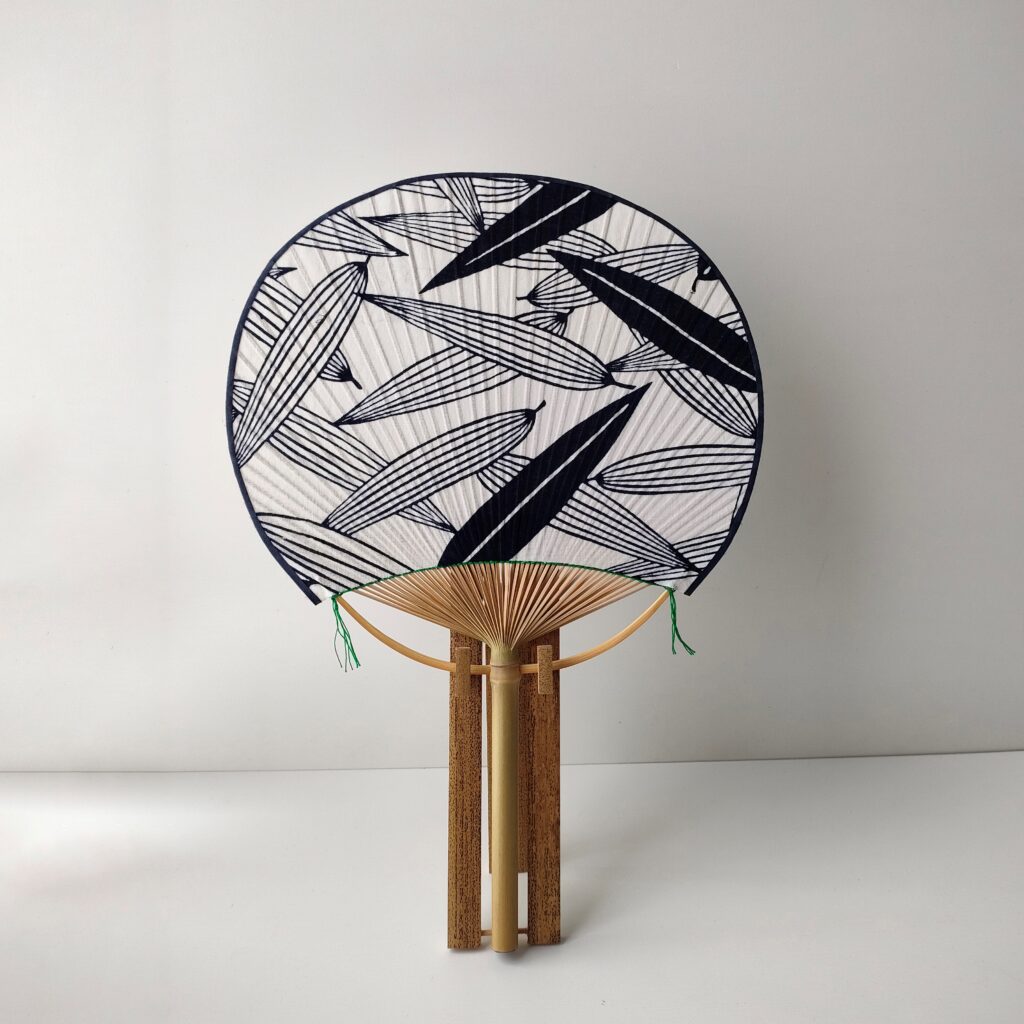
Embracing Tradition: Incorporating Traditional Japanese Patterns
By appreciating and incorporating these traditional Japanese patterns into our lives, we not only celebrate the cultural richness but also invite their positive symbolism and elegance into our daily experiences. Whether through clothing, interior design, or personal accessories, these patterns create a connection between the past and the present, embodying the profound traditions of Japan.
In conclusion, traditional Japanese patterns, such as Seigaiha, Ichimatsu, Matsuri, Take, Karakusa, and Sasano-Ha, are not merely decorative elements but bearers of cultural heritage and auspicious meanings. These patterns reflect the timeless values and aspirations of the Japanese people, adding depth, beauty, and a touch of good fortune to the world of traditional crafts.
